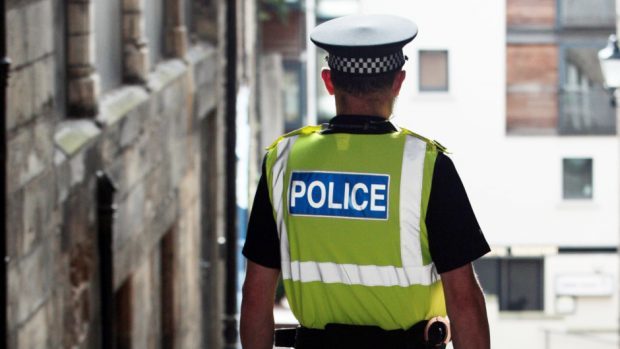More than 500 teenage criminals – including a convicted killer – have had their identities protected since changes to legislation granted them courtroom anonymity last year.
Up until September, any accused person aged over 16 appearing in Scotland’s courts could be publicly named like an adult.
But new rules imposed by the Scottish Government upped the age limit for identifying an accused person to 18.
The Victims and Witnesses (Scotland) Act 2014 also introduced measures to protect child witnesses under the age of 18 from being openly named in the media.
According to the Crown Office, since the changes came into effect more than 50 prosecutions have been raised against 16 and 17-year-olds at high court level, which deals with the most serious of criminal offences.
More than 2,000 prosecutions, with just over 500 convictions, have been made against teenagers in the same age bracket at sheriff courts around Scotland.
Prosecutors refused to reveal the number of convictions for murder charges amid fears that it could expose the identities of young killers.
However, there has been at least one conviction for culpable homicide – the killer of Aberdeen schoolboy Bailey Gwynne.
Bailey, 16, died after being stabbed in the heart with a knife by a fellow pupil in a row over biscuits at Cults Academy last October. His killer, also aged 16, was locked up for nine years after being found guilty of culpable homicide.
At sheriff court level, a total of 2,303 prosecutions have been raised against 16 and 17-year-olds since September – with 556 convictions for various offences.
Last night, Tory North East MSP Alex Johnstone condemned the figures and questioned the legislation – arguing that since 16 and 17-year-olds were enjoying new rights such as voting in the Scottish elections, they should be held publicly responsible for their crimes.
He said: “The first thing to say about these figures is that the number of 16 and 17 year-olds who have been convicted at sheriff court level since September is clearly far too high and we need to do more to deter criminal activity.
“There are undoubtedly some cases in which youngsters need to have their identities protected, but people will rightly wonder if this type of blanket measure serves only to protect the rights of criminals.
“Many of these young people will have known exactly what they were doing when committing these crimes, and cannot use their relative youth as an excuse.”
However, the Scottish Government defended the changes to legislation last night.
A spokeswoman said: “Changes to the rules around press identification of children in criminal courts were required to ensure consistency with the UN Convention on the Rights of the Child and a number of EU Directives, all of which identify children as anyone under 18.”
